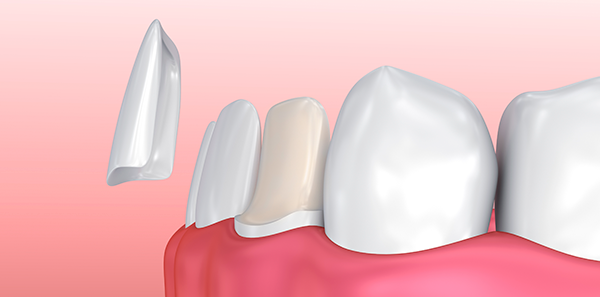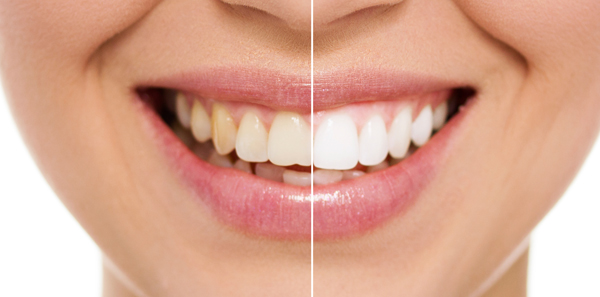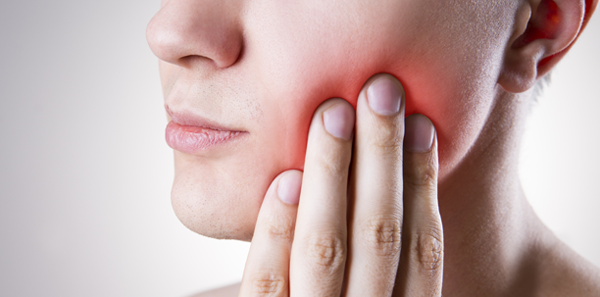
Stained teeth are a common problem that can affect the appearance of your smile. When they appear, many people are concerned because they don’t know what caused them or what to do about them, thinking that they may affect the health of their mouth. But is it really something to worry about?
Some are superficial and can be easily removed; others are deeper and more difficult to treat and may indicate underlying oral health problems. There are different types depending on their colour:
- Brown stains, the easiest to remove, are usually the most superficial and are caused by coffee, tea and tobacco.
- Yellow stains are normally caused by the consumption of acidic foods (lemon, vinegar, orange…) or by the tetracyclines in some antibiotics administered in the 60s and 70s. They can also appear as a result of a blow, causing the tooth itself to lose vitality.
- White stains are caused by tooth decay, lack of calcium or iron due to poor nutrition, or excess fluoride in childhood.
Treatment
Most of them are easy to remove, but you should visit a dental specialist who, after a preliminary diagnosis, can study your case and recommend the most appropriate treatment.
When stains are superficial, such as brown stains, they can be removed by professional oral hygiene. For the treatment to be effective, it is very important to maintain proper hygiene in the days following treatment.
If the stains are deeper and are already part of your teeth, teeth whitening is a great way to remove them and improve their appearance. A good dental cleaning should be carried out before this treatment.
Another option is veneers, which are thin films that adhere to your teeth, changing their shape, size and colour, thus covering all visual impurities. A very good and revolutionary option is the First Fit Veneers, the colour of which do not change over time.
Prevention
It is essential to maintain a proper dental hygiene routine and to follow a healthy diet in order to maintain the results after dental treatment and prevent the stains from reappearing. Here are some tips:
- Moderate consumption of foods that tend to stain teeth.
- Avoid tobacco.
- Brush your teeth after every meal. Floss and rinse with fluoride mouthwash at night.
- If you are taking medication that may cause staining, talk to your doctor to discuss alternatives.
It is therefore a common problem that can be prevented and treated with proper dental hygiene.
If you have persistent stains on your teeth or if you are concerned about your dental aesthetics, we recommend that you visit your dentist to determine the treatment that best suits your needs.
Dr. Ismael Cerezo Gilabert
CEO and Medical Director of Clínicas Cleardent












